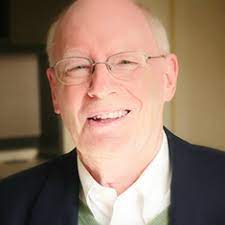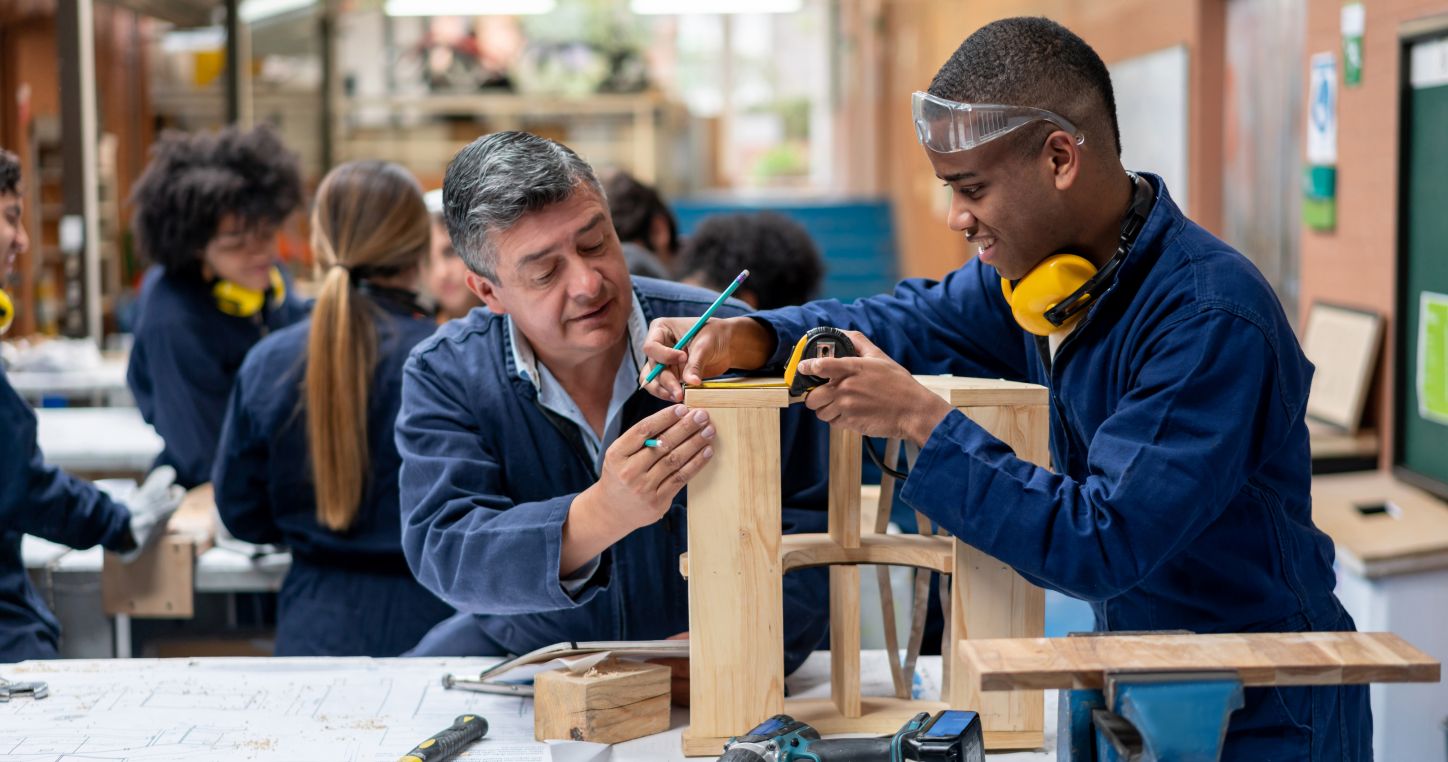Helping Youth with Autism Enter Competitive Integrated Employment
Paul Wehman, PhD, Professor, School of Education Counseling and Special Education Department at Virginia Commonwealth University, Rehabilitation Research and Training Center
With Lauren Avellone, Ph.D., BCBA and Josh Taylor, M.Ed.

Every year, we see more and more examples of the extraordinary talent and ability exhibited by individuals with autism—from musicians on America’s Got Talent to amazing artists able to paint entire cityscapes to brilliant mathematicians helping to solve problems of incredible complexity. Increasingly, we appreciate the neurodiversity and potential of people with autism within our communities. However, for many individuals with autism, entering adulthood reflects a very different reality. According to a recent National Autism Indicators Report, young adults with autism continue to be un- and underemployed at higher rates than any other disability group, and the majority continue to live at home with family members and have limited opportunities to engage socially in the community into adulthood. We know from our research and other studies in the field that with the right interventions, individuals with autism can be effective and productive employees and colleagues, but currently, only about 15% are employed in competitive integrated employment (or, “real work for real pay”).
 For the last two decades, much of our research at the Virginia Commonwealth University Rehabilitation Research and Training Center has focused on developing interventions and solutions to help youth with autism transition from school into competitive integrated employment. Through this work, we have discovered that the key to unlocking the potential of those with autism and other disabilities in employment is to refocus on the individual’s strengths, preferences, and interests rather than their disability or what they may not be able to do. This person-centered emphasis on strengths is critical in finding success in career and work, but also must start earlier while youth are in school. After all, the goal of education should be to put individuals on track for a good life. One of the most central pillars of that great life is a real job for real pay. For too long, working-age adults with autism and other disabilities have been offered subminimum wages in segregated vocational settings. Recent policies like the Workforce Innovation and Opportunity Act of 2014 and Employment First mandates in states across the country have tackled this problem head-on by establishing competitive integrated employment as the preferred employment outcome for all individuals with disabilities, including those leaving high school. There is more work to be done in this area—over recent years, facility-based employment has fallen, but so have rates of competitive integrated employment as increasing numbers of individuals with autism are disengaged from work altogether.
For the last two decades, much of our research at the Virginia Commonwealth University Rehabilitation Research and Training Center has focused on developing interventions and solutions to help youth with autism transition from school into competitive integrated employment. Through this work, we have discovered that the key to unlocking the potential of those with autism and other disabilities in employment is to refocus on the individual’s strengths, preferences, and interests rather than their disability or what they may not be able to do. This person-centered emphasis on strengths is critical in finding success in career and work, but also must start earlier while youth are in school. After all, the goal of education should be to put individuals on track for a good life. One of the most central pillars of that great life is a real job for real pay. For too long, working-age adults with autism and other disabilities have been offered subminimum wages in segregated vocational settings. Recent policies like the Workforce Innovation and Opportunity Act of 2014 and Employment First mandates in states across the country have tackled this problem head-on by establishing competitive integrated employment as the preferred employment outcome for all individuals with disabilities, including those leaving high school. There is more work to be done in this area—over recent years, facility-based employment has fallen, but so have rates of competitive integrated employment as increasing numbers of individuals with autism are disengaged from work altogether.
 However, there is reason for optimism. We know more now than ever before about what pathways lead to competitive employment for individuals with autism and other disabilities. In particular, having opportunities to get early work experiences before leaving secondary school is associated with greater odds of being employed in the community as a young adult. For this reason, offering more work-based learning experiences in high school for transition-age youth with disabilities was a primary focus of the Workforce Innovation and Opportunity Act (2014). One particularly successful WIOA promoted work experience is an employment internship, such as Project SEARCH.
However, there is reason for optimism. We know more now than ever before about what pathways lead to competitive employment for individuals with autism and other disabilities. In particular, having opportunities to get early work experiences before leaving secondary school is associated with greater odds of being employed in the community as a young adult. For this reason, offering more work-based learning experiences in high school for transition-age youth with disabilities was a primary focus of the Workforce Innovation and Opportunity Act (2014). One particularly successful WIOA promoted work experience is an employment internship, such as Project SEARCH.
Project SEARCH is a 9-month internship program started by Cincinnati Children’s Hospital Medical Center for students with disabilities to participate in during their last year in high school. Students complete coursework and three job rotations in a community business to learn important work skills. An extension of this internship is called Project SEARCH + ASD supports and it includes the addition of specific teaching strategies shown through research to help students with autism learn work, social, independent living, and communication skills. Some of these strategies include visual supports or checklists to help students complete work, providing structure to work tasks to help students understand work expectations, and role-playing to help with learning social skills. Job coaches, who are people who specialize in providing support at work, are trained to work with the business and learn the work culture to help students with autism be successful during their internships. Studies have shown that participating in the PS+ASD internship leads to better job securement. For example, 73% of students in the PS+ASD internship went on to find competitive employment compared to only 10% of students who did not participate in the internship.
Research has shown that other pathways help transition-age youth with autism and other disabilities get competitive jobs too. These include supported and customized employment, which are methods for helping a student find a job and then putting the supports they need in place to help them do well. Participating in postsecondary education, such as through a college, university, or technical school also helps with getting a community job. In summary, decades of research have shown that individuals with autism and other disabilities can and want to work, and they can be highly successful when the right support is provided.
Paul Wehman, Ph.D. is internationally known for his pioneering work in the beginning of supported employment in 1980, a rehabilitation intervention strategy which has facilitated competitive employment for millions of persons with severe neurodevelopmental disabilities and autism. As a nationally recognized expert in transition from school to work and supported employment, his career is dedicated to the employment of people with physical and intellectual disabilities. On a daily basis, he works with people with disabilities, policy makers, and professionals related to disability and is active in mentoring undergraduate, graduate and doctoral students.
